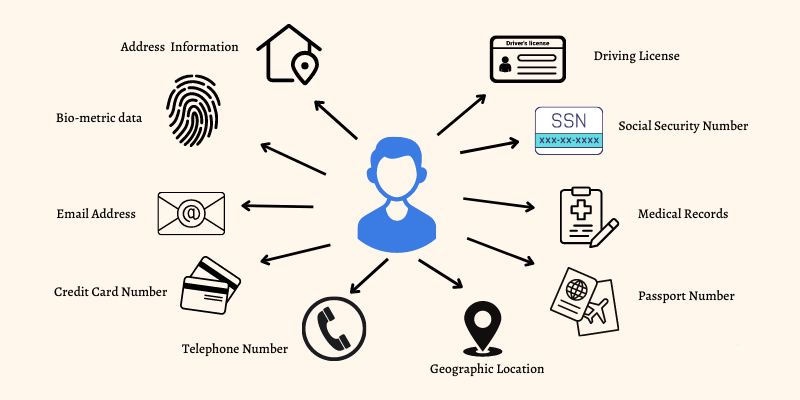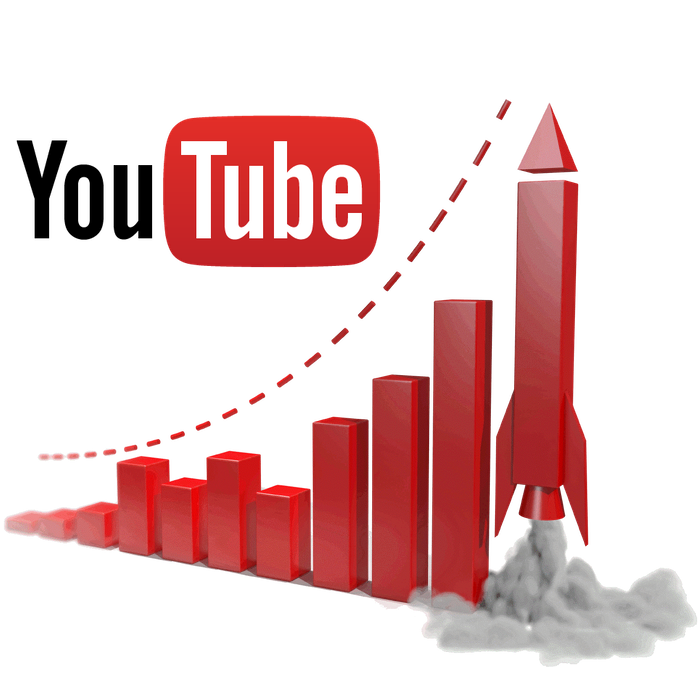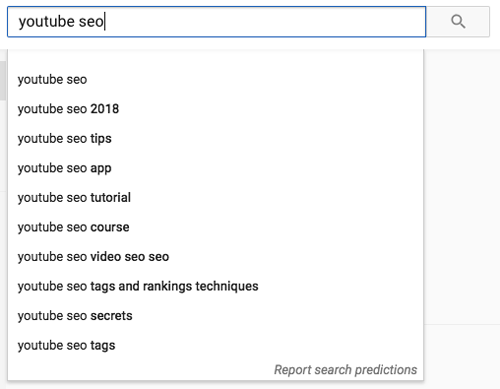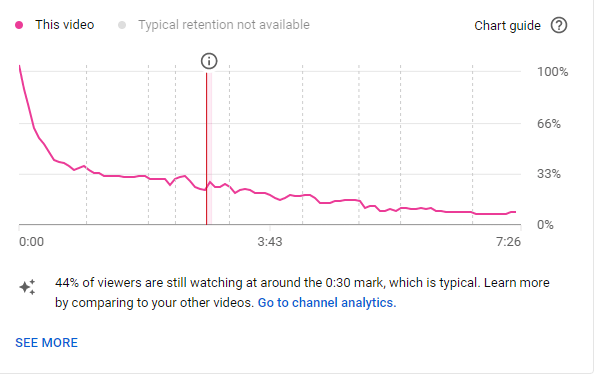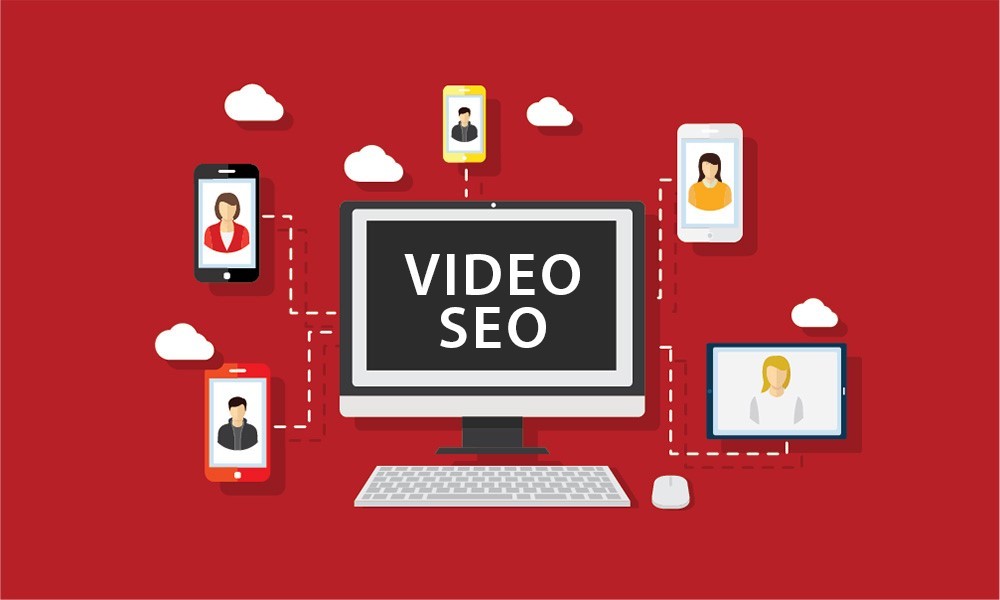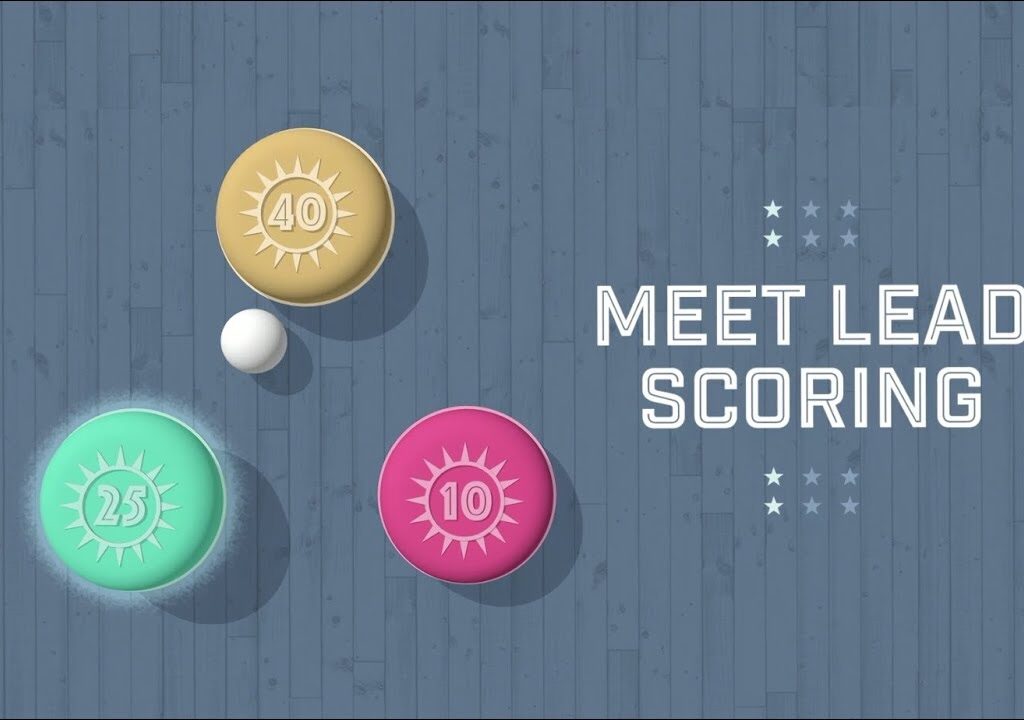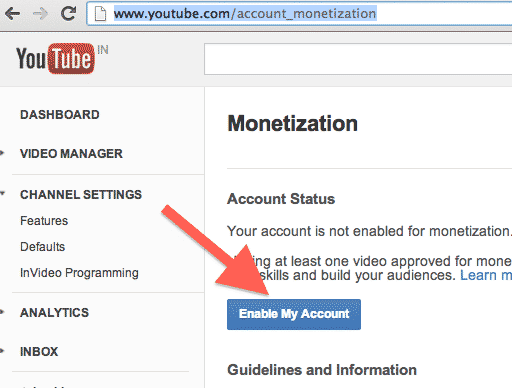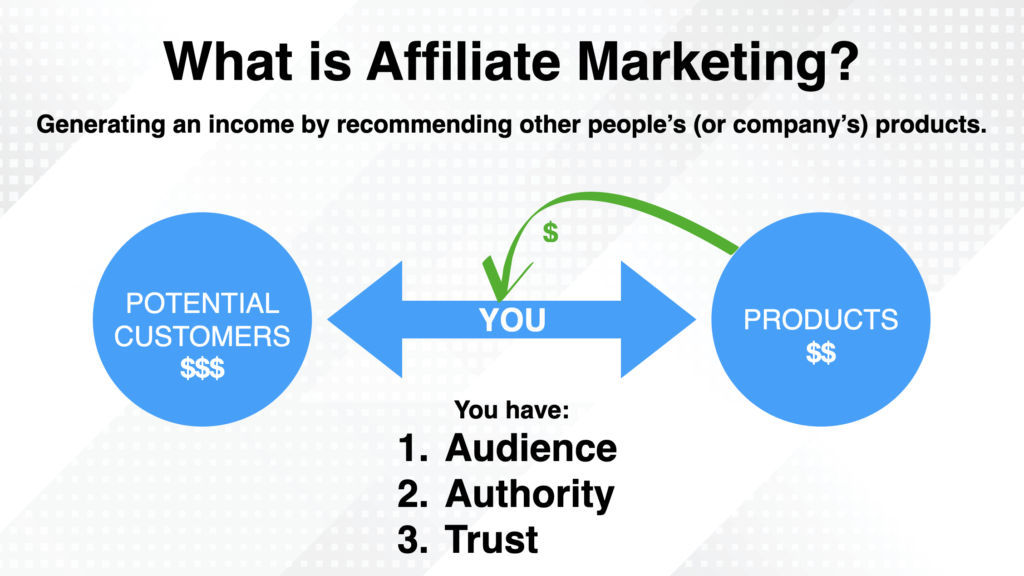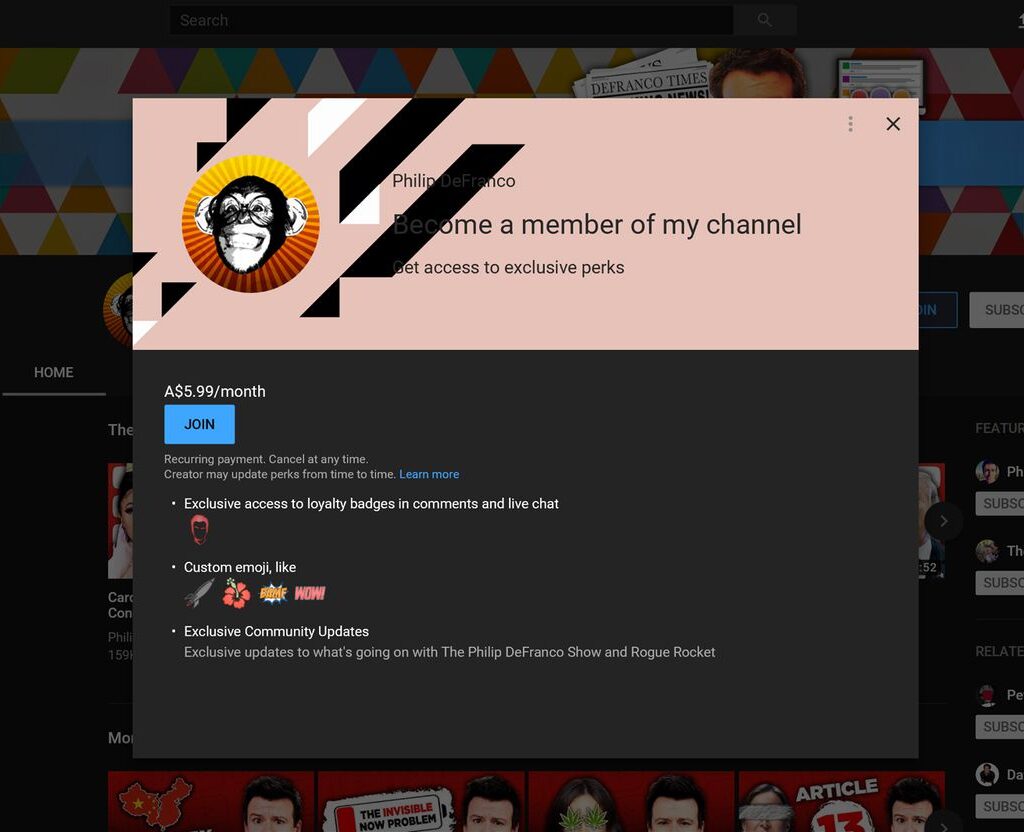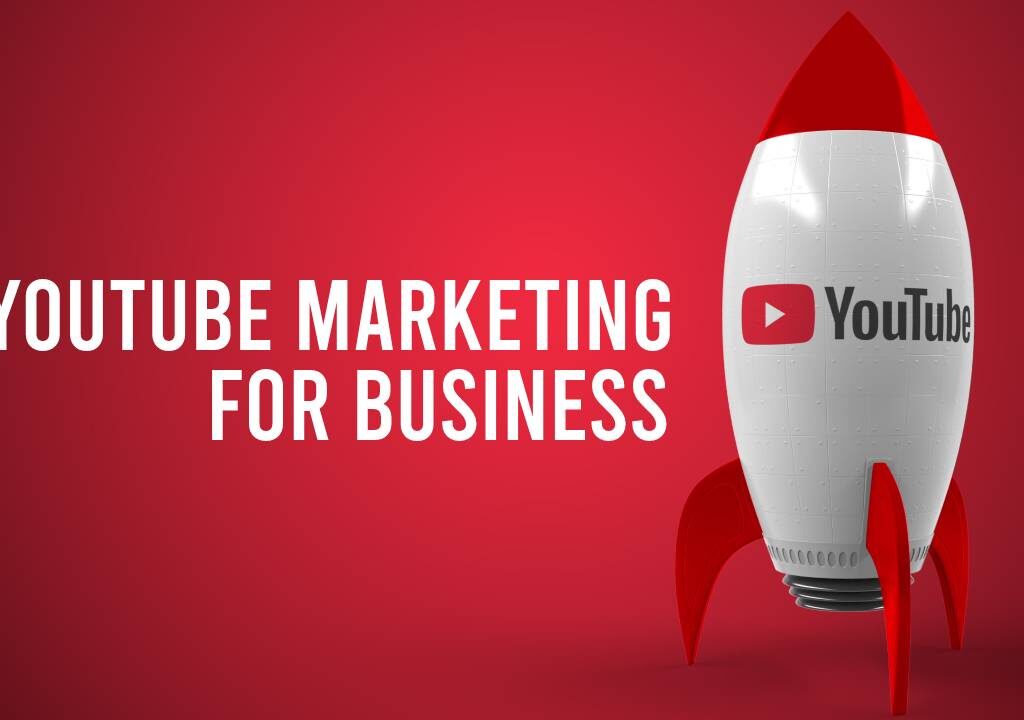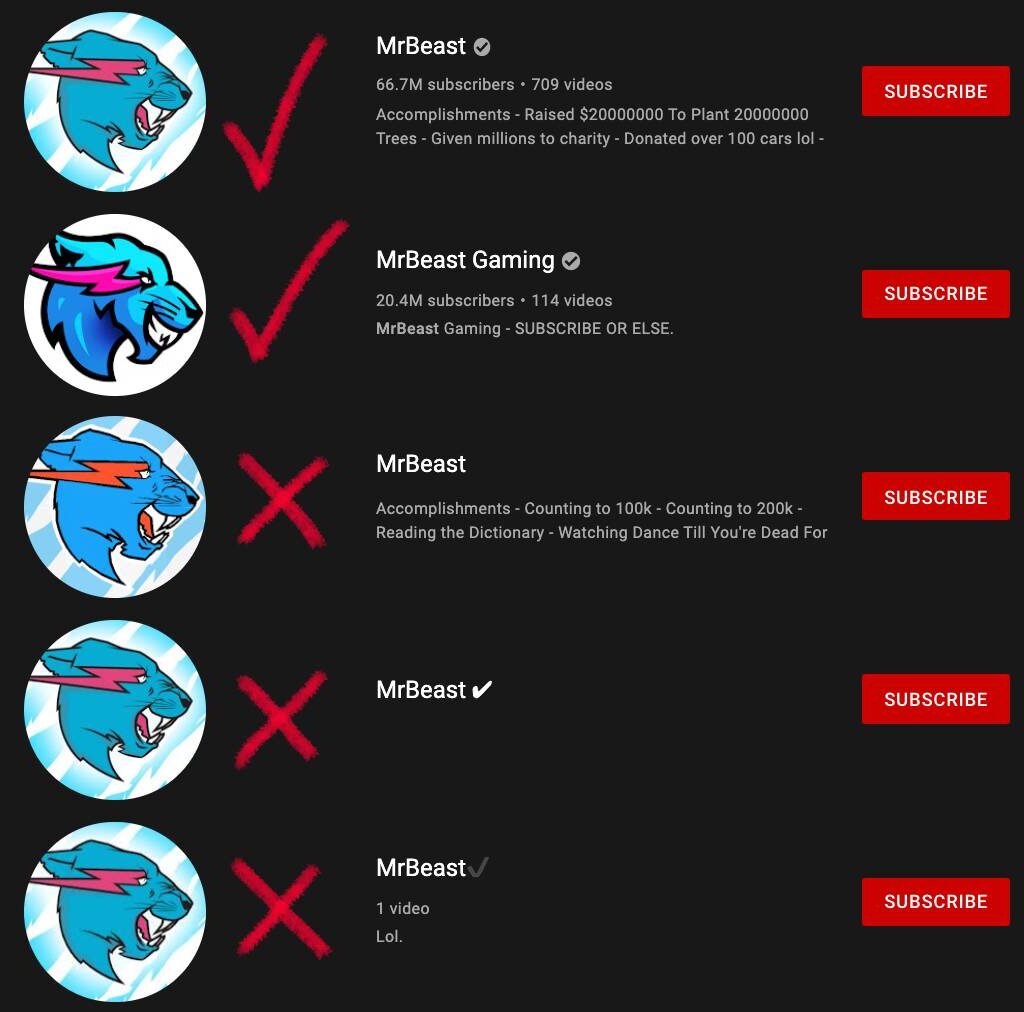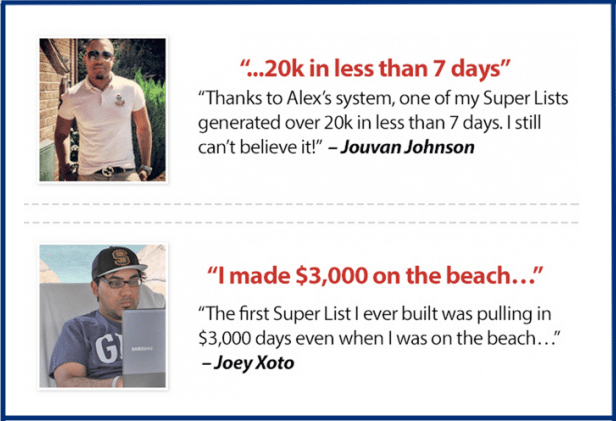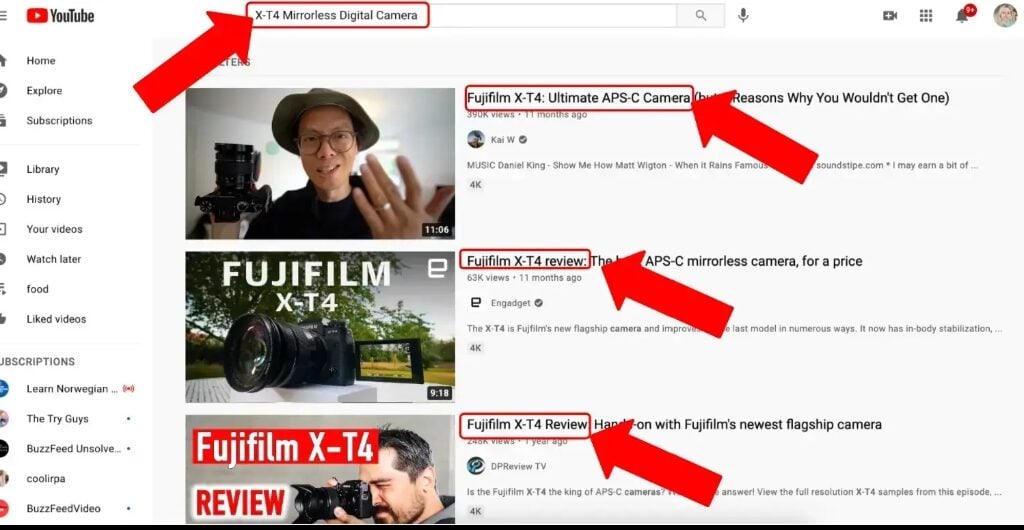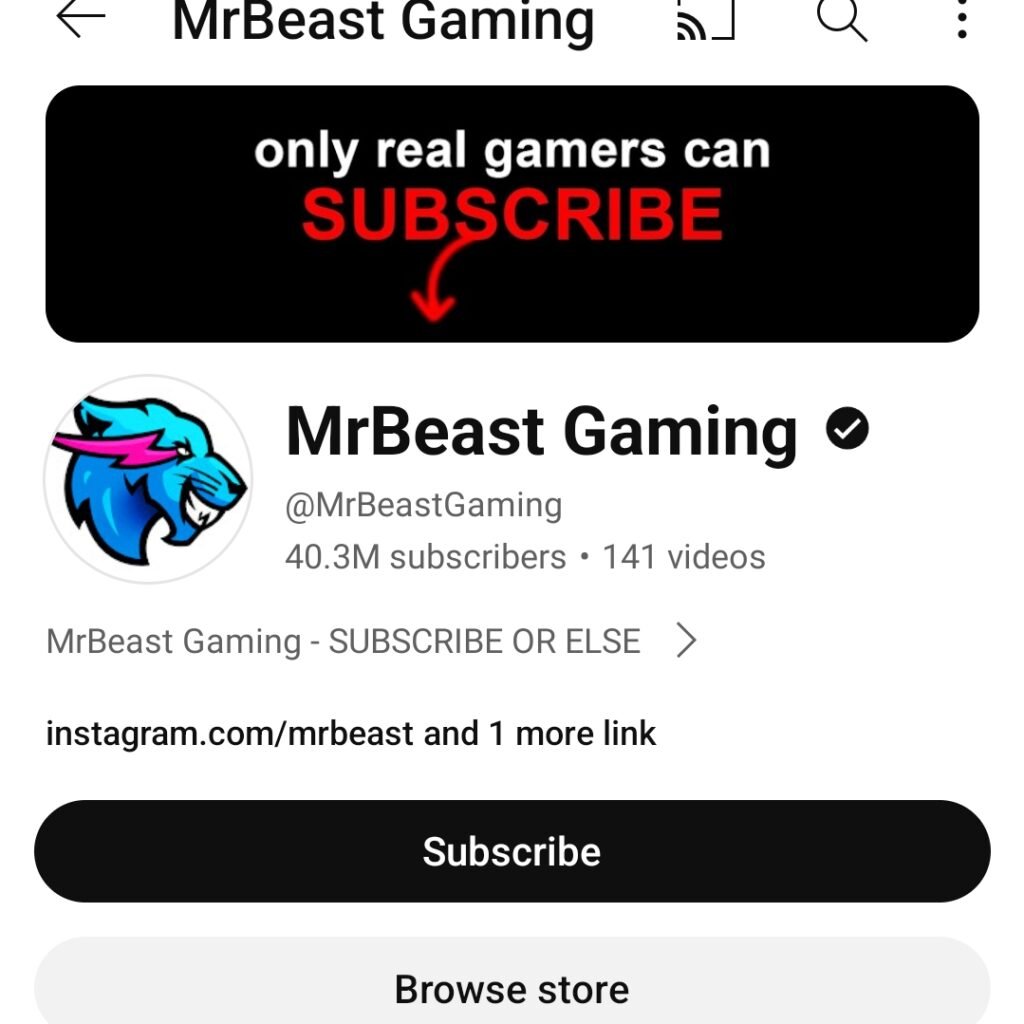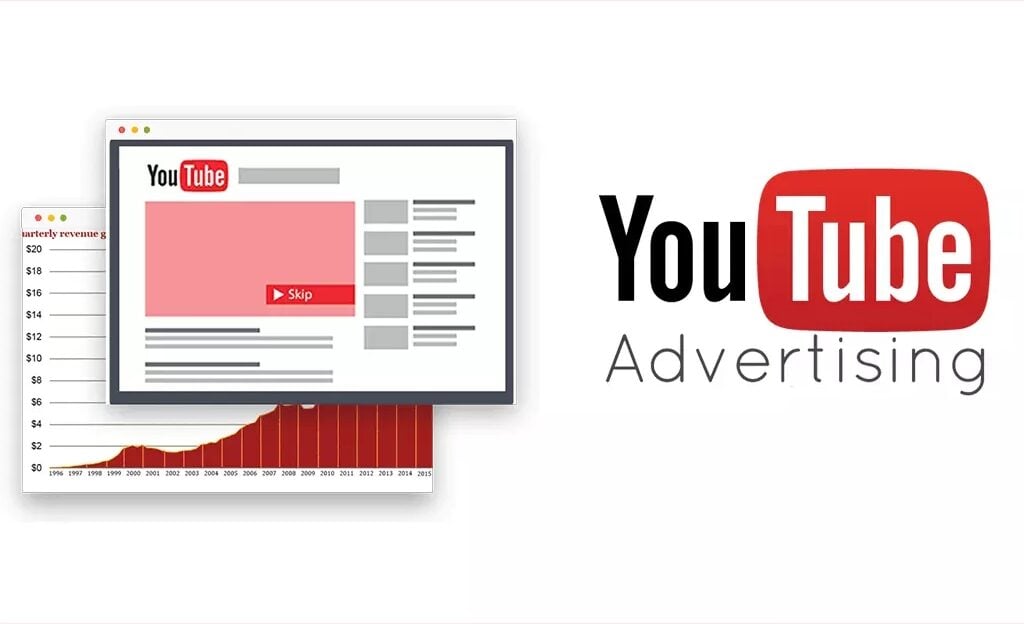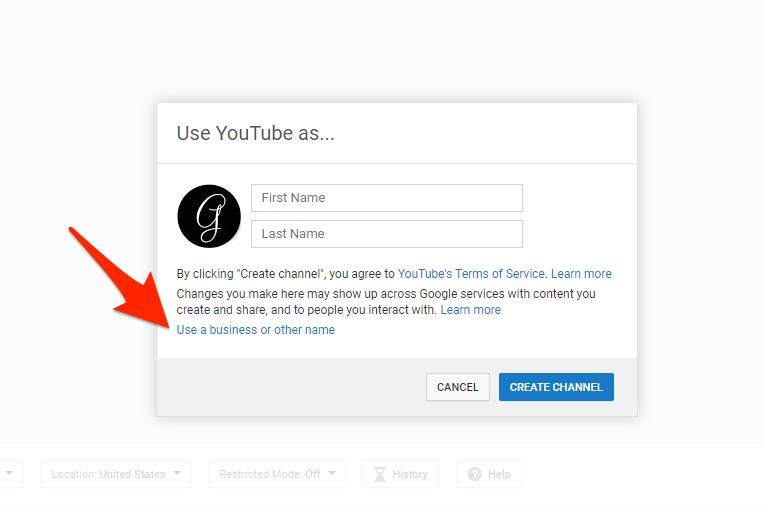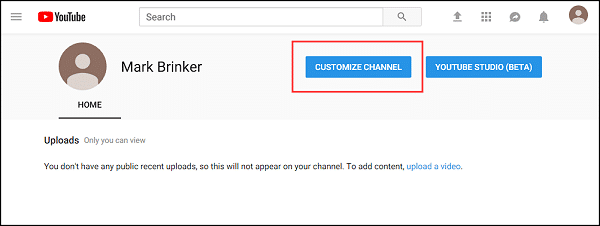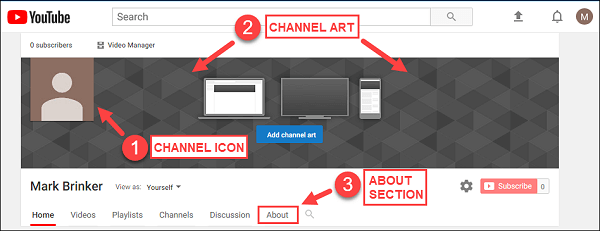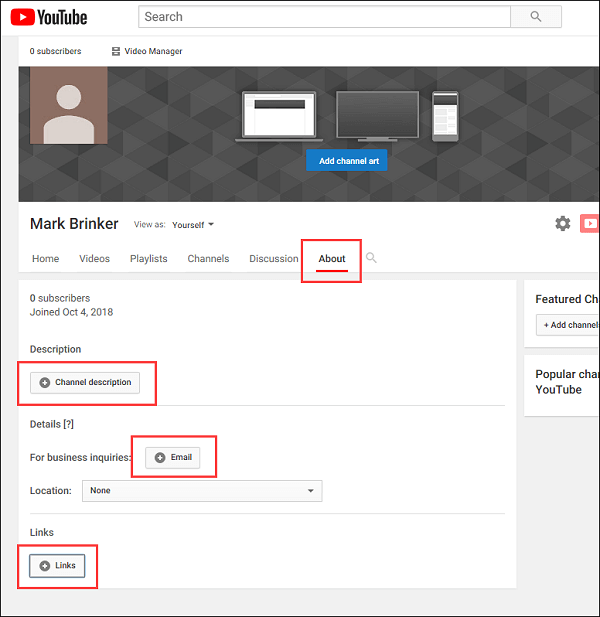Collaboration on YouTube for coaches entails working with other content creators, coaches, or experts to develop joint videos or assignments. This can include guest appearances on each other’s channels, co-hosting discussions, or collaborating on tutorial-style videos. It promotes cross-promotion, audience reach, and the sharing of knowledge and insights within a specific niche or industry.
want to know how you can increase your online presence on YouTube as a coach: https://brandgaytor.com/how-to-grow-your-online-presence-on-youtube-for-coaches/
Benefits of collaboration
Collaboration exposes the material: To a new audience, potentially increasing your subscriber base.
Diverse Content: Collaborations bring together a variety of perspectives and expertise, resulting in more engaging and varied content for your audience.
Cross-Promotion: Both colleagues may advertise the video on their pathways, social media, or additional channels to increase visibility.
Possibilities for Networking: Connecting with other creators can lead to future collaborations and opportunities in your niche.
Knowledge Exchange: Working allows you to share your ideas, skills, and knowledge, allowing you to grow personally and professionally.
Working with reputable collaborators: It can increase your credibility and authority in your field.
Variety and fun: Working with others can make content creation more enjoyable while also providing a fresh perspective on your channel.
Tips for collaboration
1. Reiterate the company’s mission: At our company, we strongly believe in the power of collaboration. We recognize that working together toward a common goal is critical to achieving our mission. Our mission is more than just a statement; it underpins everything we do.
We strive to foster a positive and welcoming workplace in which everyone’s ideas and contributions are valued and respected. We believe that by collaborating, we can achieve greater success and have a greater impact in our industry.
To effectively collaborate, we must constantly share and reinforce our company’s mission. This includes not only communicating with our employees, but also with our partners, clients, and suppliers.

2. Communicate your collaboration expectations: Collaboration is an essential component of any successful project or piece of work. It entails collaborating with others to achieve a common goal or goals. It is critical to communicate clear collaboration expectations in order for collaboration to be effective.
This includes clearly defining roles and responsibilities, creating honest and courteous channels of communication, and setting realistic and attainable goals. It is also critical to foster a culture of trust and respect among team members, in which everyone’s ideas and opinions are valued.
This not only promotes a positive work environment but also allows for a wide range of ideas and points of view to be considered, resulting in a more innovative and effective solution.
Setting precise requirements for timelines and deadlines is also essential to make sure that everyone is on the same page and working toward the same goal.
This reduces confusion and miscommunication, which can cause complications and setbacks in the collaboration process.

3. Define and communicate your team’s objectives: To other teams. One of the most essential duties you have as a leader is to define and communicate the goals of your team. However, in today’s ever-changing business landscape, focusing solely on the goals of your own team is insufficient.
Cooperation with other teams has become an essential component of achieving success and remaining competitive. Collaboration with other teams may bring fresh perspectives, ideas, and resources to the table, resulting in better results and increased efficiency. The first step in collaborating effectively with other teams is to define your own objectives.
A clear understanding of what your team is attempting to accomplish is critical in determining how it aligns with the goals of other teams. This will enable you to identify possible connections and areas where collaboration may be advantageous.
Communicating your team’s goals to others is also essential for fostering team transparency, trust, and understanding.

4. Highlighting people’s strengths: Is essential for successful YouTube collaborations. You can create engaging and changing material that resonates with a wide audience by recognizing and showcasing the unique talents and skills of each collaborator.
Bringing out the best in each individual, whether it’s a talent for storytelling, expertise in a specific niche, or an infectious personality, can lead to a cohesive and impactful collaboration.
You can create material that is both authentic and compelling by celebrating and using the strengths of each collaborator, ultimately attracting viewers and leaving a lasting impression.
5. Foster open communication and mutual support: Among content creators to foster a community-based working environment. This can be accomplished by hosting regular meetups or social gatherings in which creators can share ideas, best practices, and network.
Encouraging cooperation and co-creation of content can also aid in the development of a sense of community and teamwork within the community. Providing resources and tools to help makers improve their craft and reach larger audiences can help strengthen the collaborative spirit even further.
Finally, creating a welcoming and inclusive environment in which creators feel valued and respected will improve the overall YouTube cooperation experience and contribute to the community’s success.

6. Working with other YouTubers: can provide a one-of-a-kind opportunity to foster creativity and innovation. Individuals can learn new techniques, gain new perspectives, and develop innovative content ideas by collaborating with different creators.
This dynamic exchange of ideas and skills can result in the creation of compelling and unique content that appeals to a broader audience. Collaboration with other YouTubers can also assist creators in expanding their own creativity, pushing boundaries, and exploring new genres and formats.
Accepting collaboration can result in the development of an active community of creators who can inspire and support each other, ultimately creating an environment conducive to creativity and innovation.

7. Invest in collaboration tools: Investing in collaboration tools for YouTube may significantly simplify the content creation process and improve the overall quality of your videos.
YouTubers can effectively manage tasks, share feedback, organize files, and communicate with team members by using tools such as software for project management, digital asset management systems, and virtual communication platforms, resulting in smoother workflows and increased productivity.
These tools enable creators to collaborate seamlessly, allowing them to concentrate on creating engaging and high-quality content for their audience.
Furthermore, effective collaboration tools can encourage creativity, foster a sense of unity among creators, and ultimately boost the success of collaborative YouTube projects.
8. Celebrating and rewarding successful teamwork: is critical to creating a positive and motivating workplace. When working with others on YouTube, it’s critical to acknowledge and praise the efforts of all team members who contributed to the project’s success.
By recognizing each individual’s hard work and dedication, you can foster a sense of unity and cohesiveness within the team.
This can be accomplished through video shout-outs, credit sharing in descriptions, or even the creation of special behind-the-scenes content to highlight the collaborative process.
Furthermore, providing tangible rewards or incentives for exceptional collaboration, such as profit sharing or extra recognition, can motivate team members to continue working effectively together. Celebrating and rewarding effective collaboration not only recognizes individual efforts.

Conclusion
Finally, collaboration on YouTube for coaches has proven to be an invaluable and efficient instrument for growing their reach, offering knowledge, and engaging with other coaches. Coaches can provide multiple viewpoints and expertise, offer particular insights, and provide a more comprehensive learning experience to their audience by collaborating with other coaches and content creators. Collaborations can also assist coaches in increasing their subscriber base, increasing their visibility, and establishing themselves as authorities in their respective fields. Finally, by collaborating strategically and meaningfully, coaches can increase their effect and create a more dynamic and linked instructing community on YouTube.
READ MORE: https://brandgaytor.com/the-ultimate-guide-to-effective-video-marketing-campaigns/
FAQ( frequently asked questions)
Q1: What are the benefits of coaches collaborating on YouTube?
A1: Working together broadens your reach, shares expertise, and fosters a supportive community.
Q2: Where do I look for potential collaborators?
A2: Investigate social media platforms, coaching forums, and LinkedIn. Look for coaches with complementary skills or an audience in mind.
Q3: What factors contribute to a successful collaboration video?
A3: Effective communication, shared objectives, as well as content that benefits both audiences. Plan, script, and promote everything together.
Q4: How can we coordinate recording schedules?
A4: To find mutual availability, use scheduling tools such as Doodle or Calendly. Consider time zones and plan ahead of time.
Q5: Should we share our target demographics?
A5: Yes, cross-promotion is essential. Mention each other in videos, tag each other on social media, and invite your audiences to check out the collaboration.




